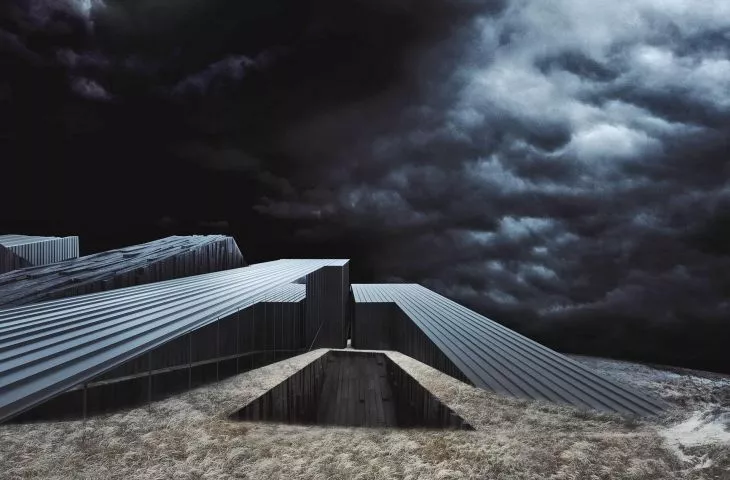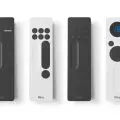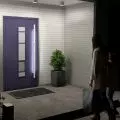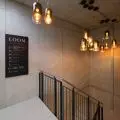The space I created was not just to be a place for storing memories and documenting events, but also for interpersonal communication. I tried to create an architecture in which the viewer participates in the event, touches history, and the object - thanks to the narrative in it - becomes a real experience and allows people to confront the past. Architecture speaks to us, it is a language and a way of communication with man, a center for creating identity and values, it arouses specific feelings in us and affects our every sense.
We are dealing with a participatory museum, where the participant subjectively interprets and comments, processes, shapes, reflects and draws conclusions. All this happens by inspiring and stimulating independent thinking, so that the space is not a finite form, but remains open and changeable in the process of perception.
In my project, narration is very important, which allows active participation in the event and partial entry into the story being told, through which we experience a deeper and more lasting idea of the events. Through it, we also learn the essence of symbolic space. The narrative consists of signs and symbols, without which it could not exist. A sign conveys information to the viewer, and a symbol explains the story being told, but does not lead to full knowledge of the story. The museum, like the memorial I designed earlier [cf. A&B 10/2017], takes the form of a road - a metaphor for human life. The participant traverses it, meandering through all the "keys", which are located at different heights: sometimes the participant has to go uphill, sometimes downhill, going through the museum is not easy, just as the history of the events depicted is not easy.
I did not look for a long time for the location of the museum, I knew that it could not be located directly at the site of the tragedy, which deserves respect for the victims. There are many such places in the Bieszczady Mountains, they are remnants, ruins of former villages - they are memorials that should not be violated. Just as when choosing a location for my bachelor's project, I was looking for a silent witness to those events, but this time it could not be a small hillside with a view only of the former village. I was looking for a place that would be the highest point in the terrain and from which there would be a view of both Poland and Ukraine. Such a place could only be Wielka Rawka, which is the highest peak of the border range of the Western Bieszczady Mountains and on whose southern slope the Polish-Ukrainian border runs.
Very important in my assumptions was the creation of a place strongly integrated with nature, its rhythms and phenomena. The site is dependent on the environment, while not disturbing its rhythm and structure. It undergoes changes caused by the peculiarities of nature - it changes with the states of the weather, the seasons, it also changes over time. More and more moss and grass appear on its roof, and more and more patches appear on its walls. The building was intended to create an impression of continuity and unity with the landscape. That's why its form is blended into the hillside, seems to grow out of it, and is heavily deconstructed, which serves to build an image of events in the space. Important in my design is the natural light that comes in.
The sun's rays reach the center of the building through gaps, special illuminations, drawing appropriate paths on the floors and walls or illuminating specific elements. Light is juxtaposed with darkness, which intensifies its impact on the viewer. At night, the interior of the building blends with the starry sky, and the soft glow of the moon mysteriously illuminates it. The planes of some walls do not connect, a gap is left between them, through which the outside world enters the interior. The viewer's gaze is directed toward the sky, which even flows into the interior. A sense of unease is achieved through the framing of the views, the sloping floor, the narrow and high transitions, the juxtaposition of darkness with light, and the considerable heights and spans of the rooms. The framing of successive images creates a narrative. The echo heightens the impression of horror, the participant hears his footsteps, as well as water drops falling into the interior and the sound of the wind. The main formal inspiration for the project was the piano keyboard, or more precisely, the octave [the distance contained between eight consecutive degrees of the musical scale - editor's note]. The ensemble of designed objects has the form of scaled, damaged and jittery piano keys, located in the landscape of the Bieszczady Mountains. Each of the keys is a separate space - the white ones serve display purposes, while the black ones are places of tranquility and reflection.
Paulina ZWOLAK
© Author




























































